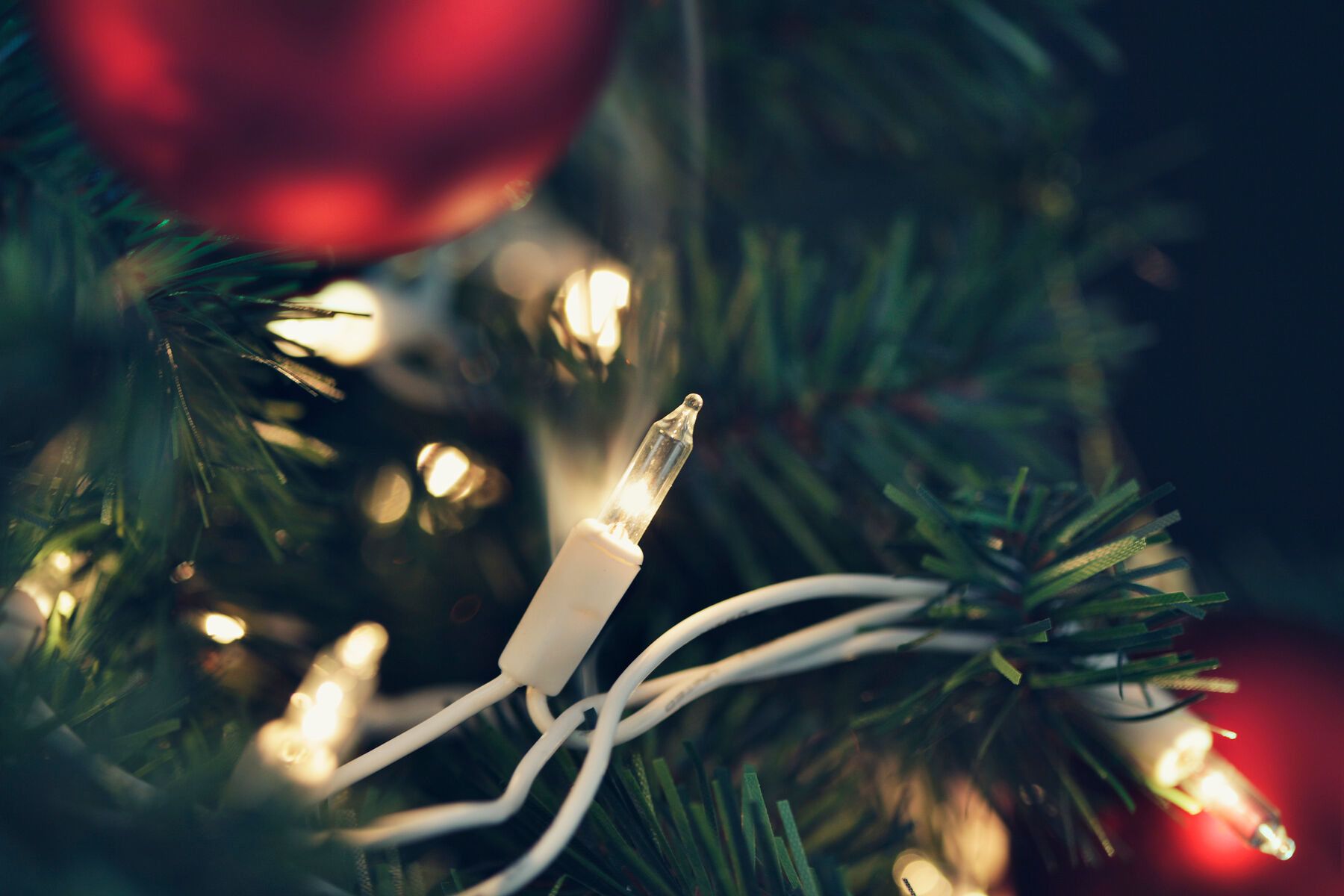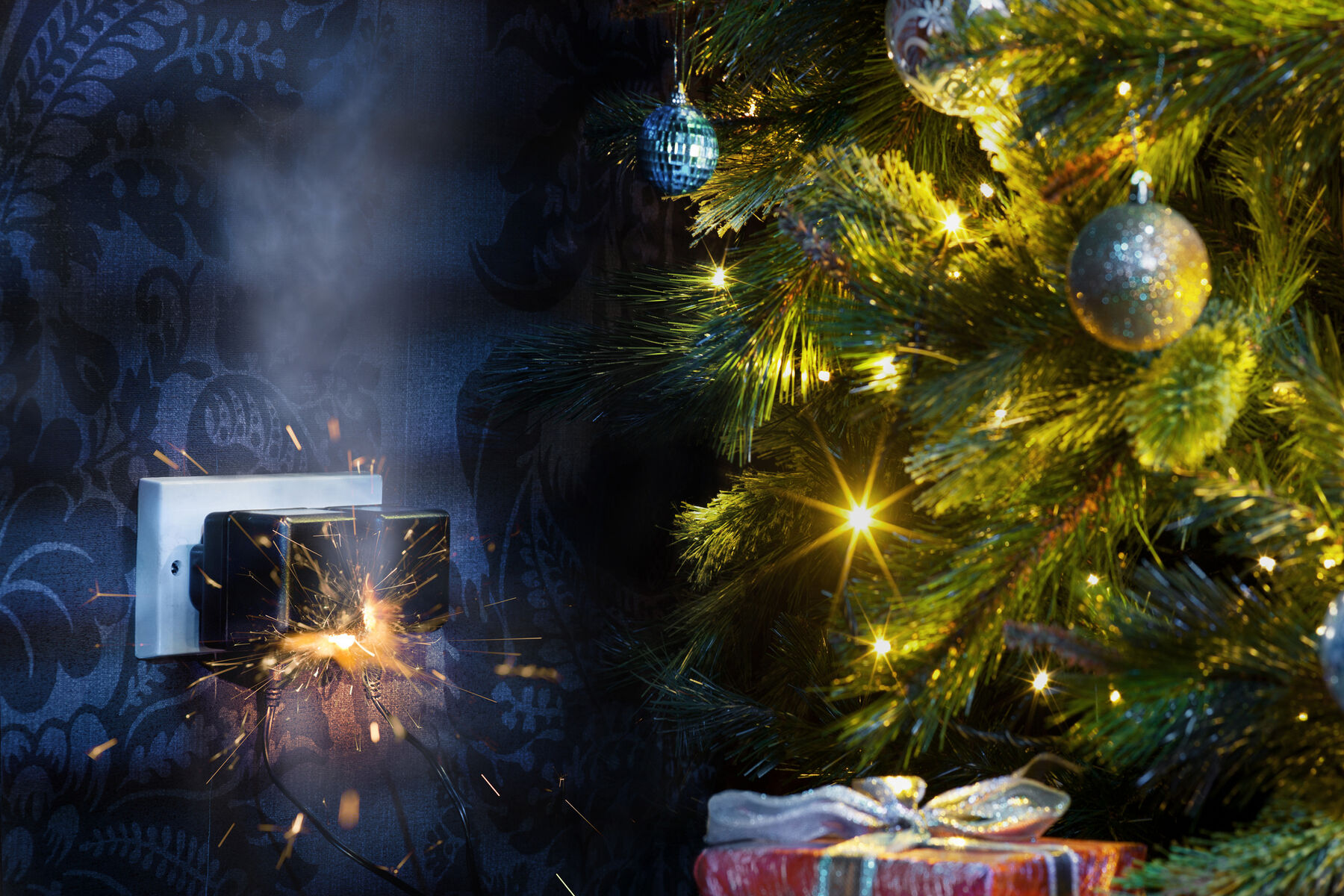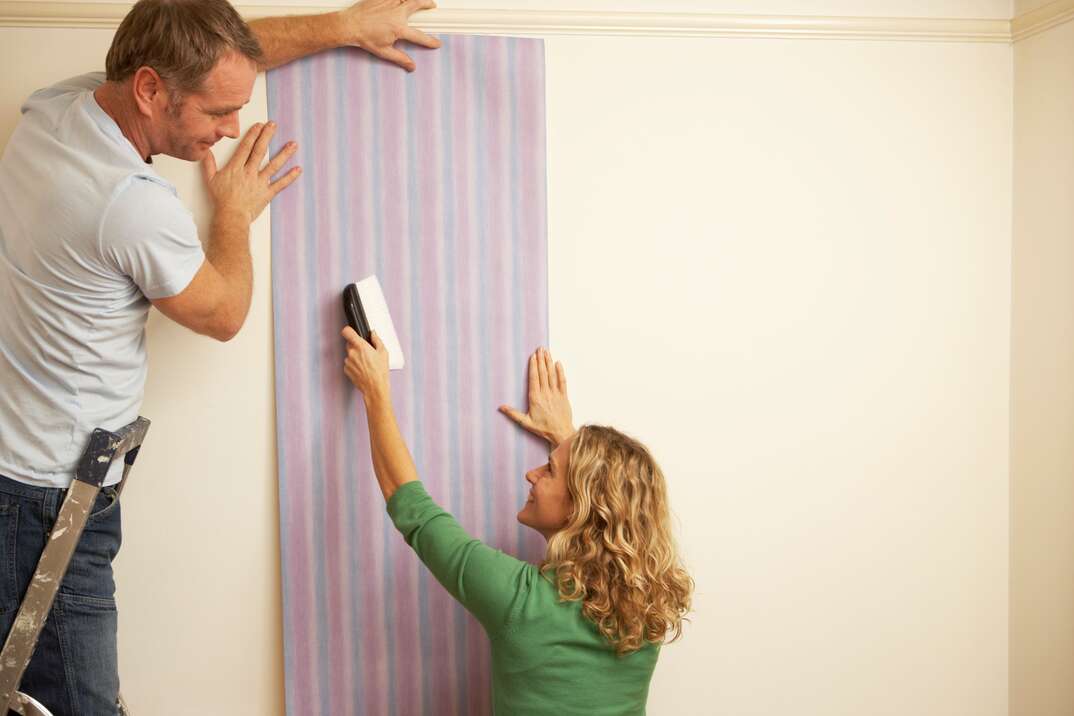Your Christmas Tree Could Be a Fire Hazard — Prevent Holiday Disaster With These Safety Tips

Here comes Santa Claus, along with gifts, stockings, decked halls — and Christmas trees. Most everyone loves Christmastime, and all the decorating and regalia that come along with it. But, did you know that, according to the National Fire Protection Association, nearly 160 housefires per year between 2012 and 2017 were caused by Christmas trees — resulting in an average of three deaths, 15 injuries and $10 million in damage annually? Christmas-tree fires can be hard to control and spread fast, causing major damage to an unsuspecting household during the holidays.
This May Also Interest You: Wood-burning Stove and Fireplace safety
Previous surveys have attributed roughly 44 percent of Christmas-tree fires to electrical distribution or lightning within the tree. Another 25 percent of tree fires have stemmed from a heat source, such as a candle, being too close to the tree. Most, if not all, such scenarios could be avoided if proper safety steps are taken.
Every year, Christmas trees cause fires and pose many other hazards, as well. You can prevent fires, injuries and other related issues by following some safety tips for trees.
When Purchasing the Tree...
- Make sure it's labeled "fire-retardant." That doesn't mean it's fireproof, simply that it will resist burning and extinguish quickly.
- When purchasing a live tree, check for freshness.
- Make sure the tree is green; a fresh tree is green.
- Needles should be hard to pull off the tree and not break between your fingers.
- When tapped on the ground, the tree should not lose many needles; if it does, the tree is too dry.
- The trunk should be sticky with resin.
- Watch out for trees that have been spray-painted green to appear fresh when they aren't.
When Setting Up the Tree...
- Place it away from heat sources, including fires, radiators, space heaters, heater vents and TVs.
- Cut off 2 inches of the trunk to expose fresh wood for better water absorption.
- Keep the stand filled with water; add about a gallon of water the first day and 1-2 quarts each day thereafter.
- Make another fresh cut in the trunk of the tree if a seal forms at the base.
- If the tree seems wobbly, center it in the stand more securely, and reposition the bolts and screws.
- Place the tree out of the way and do not block doorways.
- Use thin wires to secure tall trees to walls or ceilings.
When Lighting the Tree...
- Only use lights that have been tested for safety.
- Check each set of lights for broken or cracked sockets, frayed or bare wires, and loose connections.
- Use no more than three standard-sized sets of lights per single extension cord.
- Do not overload an outlet; only use one extension cord per outlet.
- Be careful with the placement of extension cords; keep them away from animals and do not put them under rugs or where they can be tripped over.
- Keep cords and lights away from the tree's water supply.
- Turn off all lights and decorations when you go to bed or leave your home.
- Never use electric lights on a metal tree.
- Position lights so they're not in direct contact with the tree needles.
- If using spotlights, place them beside the tree, and never fasten the lights to the tree.
When Decorating the Tree...
- Use only flame-resistant or non-combustible materials.
- If using artificial snow, use as only directed to avoid lung irritation.
- Use a step stool or ladder when decorating higher parts of the tree.
- Never use burning candles on a tree.
- If you have small children, avoid ornaments that look like food or candy, as well as ornaments that are sharp or breakable.
When Putting Gifts Under the Tree...
- Don't burn wrapping paper in the fireplace.
- Remove all wrapping paper, boxes and other trash from the tree and fireplace area immediately after opening gifts.
- Do not place wrapped gifts near open flames or electrical connections, including up against tree lights.
When Getting Rid of the Tree...
Everyone knows taking down the Christmas tree is never as much fun as putting it up, but you still need to follow a few safety recommendations.
- It's best to discard a tree within one month of purchase.
- When the needles begin to fall off, it is time to dispose of it.
- Do not store the tree in the house or garage.
- Dispose of the tree at a recycling center or haul it off to the local landfill.
- Never burn Christmas trees in a fireplace or woodstove, as the needles burn like tinder, very quickly and fiercely; flames can flare up and get out of control quickly, sending sparks across the room.
Other Causes of Winter Fires
With wintertime comes a spike in housefires, which can be traced back to four main culprits:
1. Candles
Candles, commonly used as an ambiance-setting decoration during the winter holidays, cause an estimated 15,000 housefires nationally each year. It's recommended that you always extinguish candles when you're done enjoying them or before you go to sleep. Never leave your home with a candle unattended and still burning.
2. Christmas Trees
As previously mentioned, dry trees and lights don't go well together, and easily become a fire hazard. A dry Christmas tree can become fully engulfed in flames in a matter of seconds — and, after that, your house.
3. Cooking
This is a year-round danger, but cooking increases during the holiday season to accommodate family and other houseguests, and the threat level with it. Avoid leaving food cooking unattended, or getting distracted while cooking.
4. Space Heaters
Not everyone has central heat in their home, and when the temperature drops, some households turn to portable space heaters. Remember to use space heaters that are consumer-approved for safety; do not plug them into overloaded outlets; and keep them away from children and flammable objects. Make sure the heater has an automatic shutoff switch, so if it tips over, it will turn off — and never leave the heater running while you're sleeping or away from home.

Other Safety Tips
- Keep matches, lighters and candles out of the reach of children.
- Avoid smoking near flammable decorations.
- Make an emergency plan in case of a fire, and practice it with the entire family to make sure youngsters understand the plan.
- Have a fire extinguisher handy in case a housefire breaks out, and make sure adults know where the extinguisher is located and how to use it.
Staying safe during the holiday season is the gift that will keep on giving for years of celebrations to come. Following this simple safety advice will ensure the biggest problem your loved ones will have is a gift they don't like.
Since we're all home now more than ever, being prepared for unexpected home repairs with a plan from HomeServe is important. Having a plan in place gives you the peace of mind knowing that you can simply call our 24/7 repair hotline for covered breakdowns. See what plans are available in your neighborhood.


